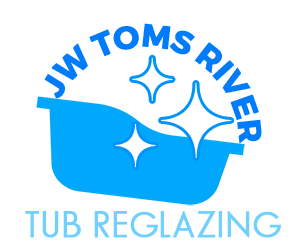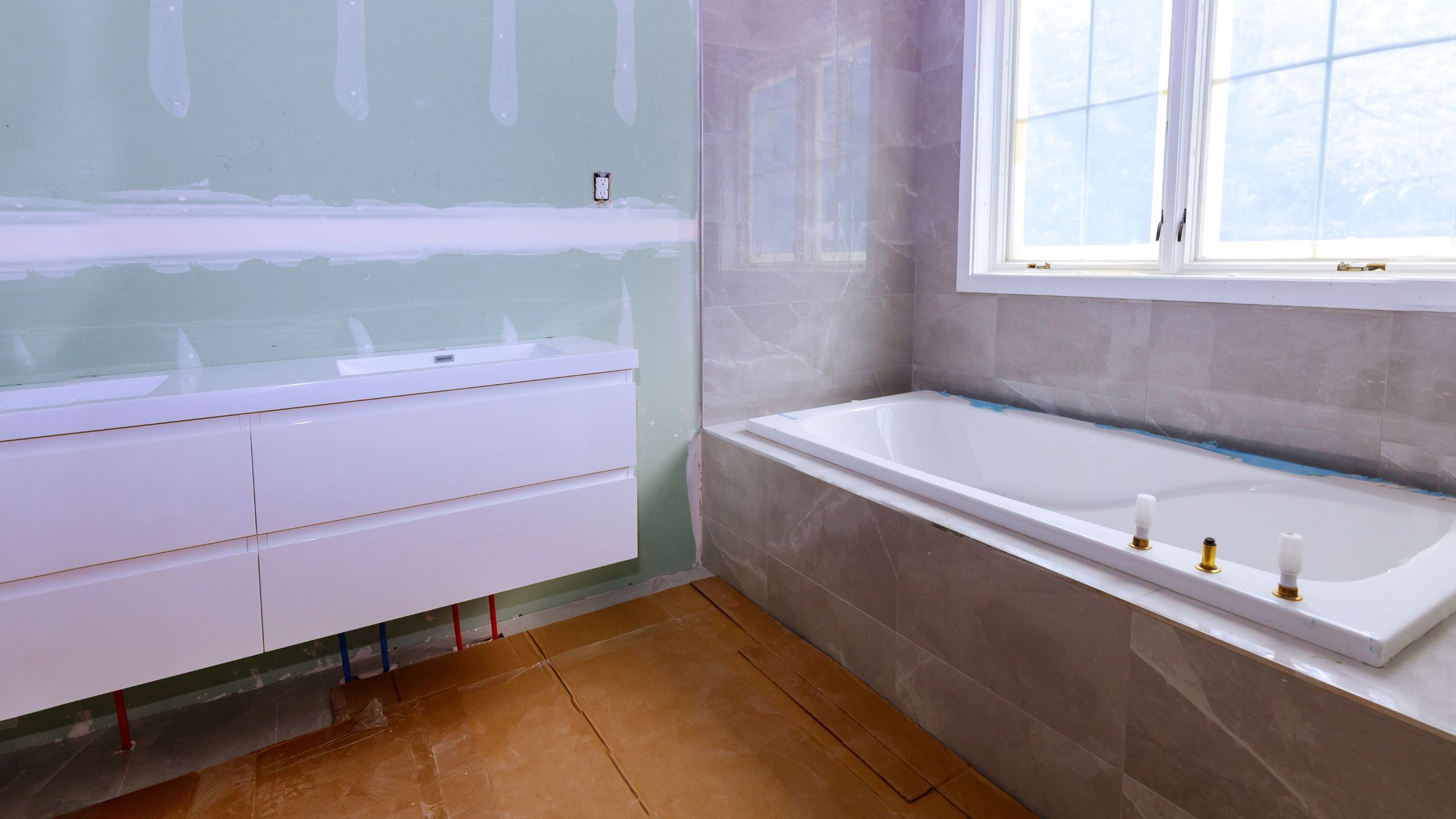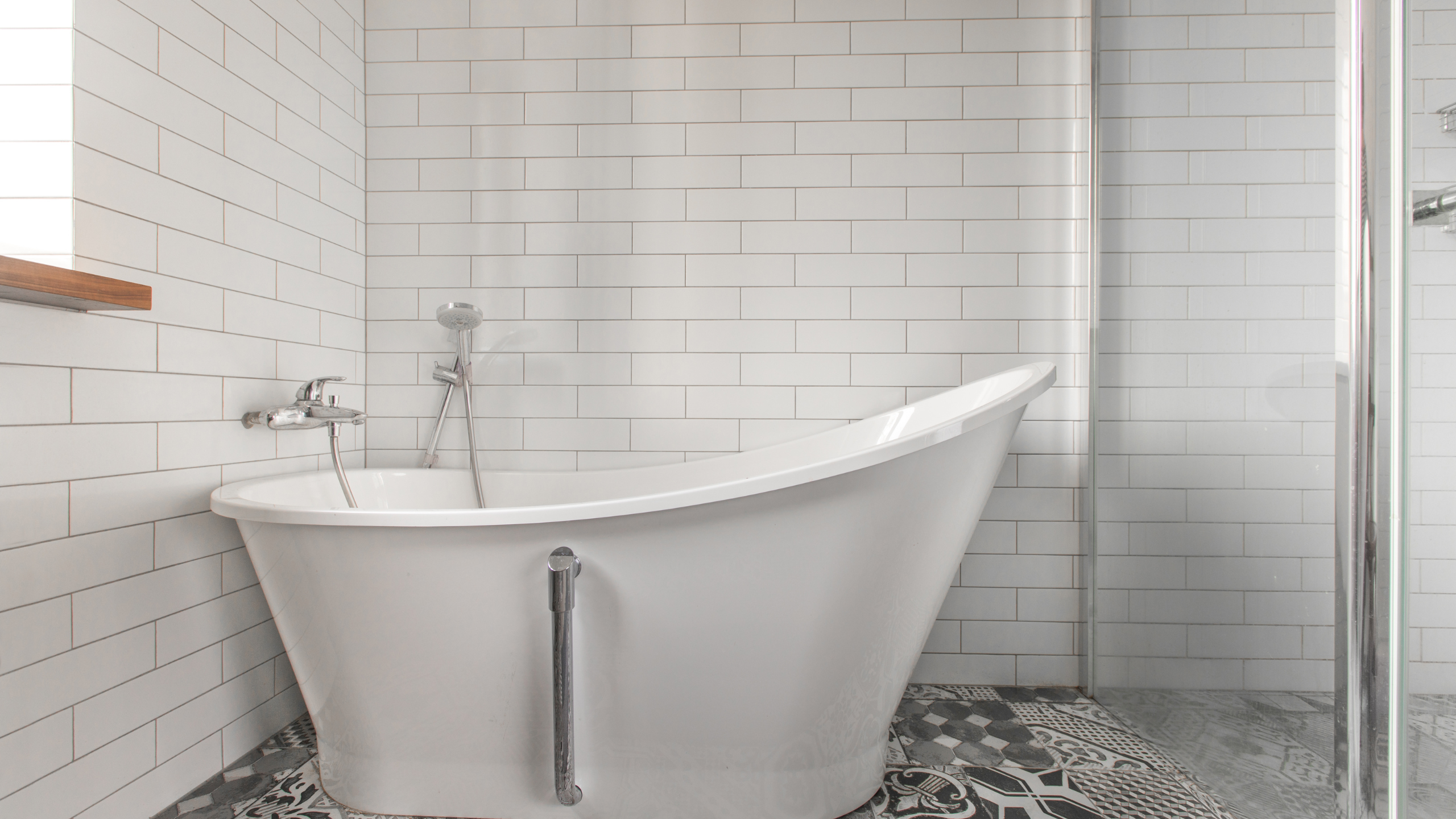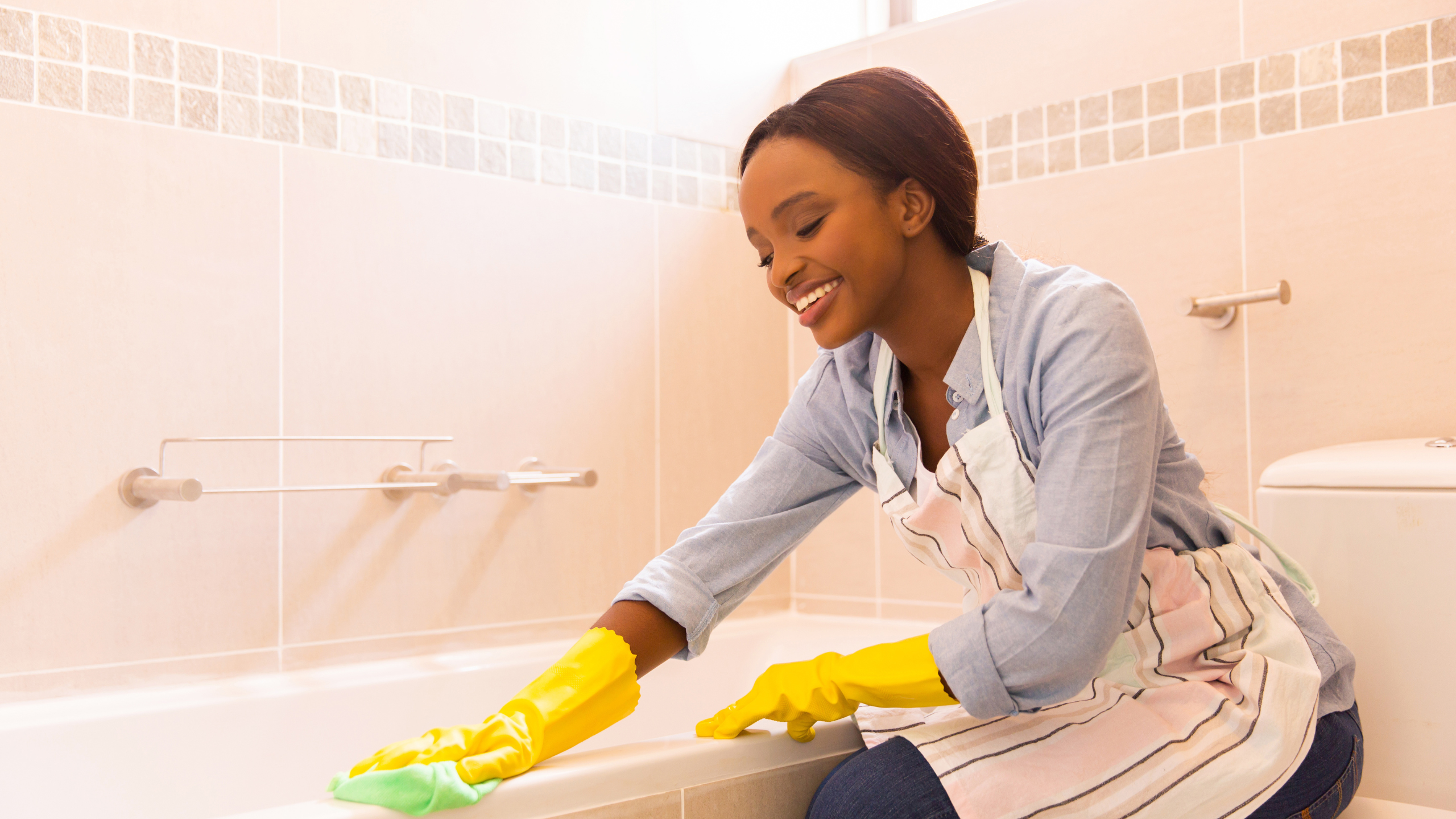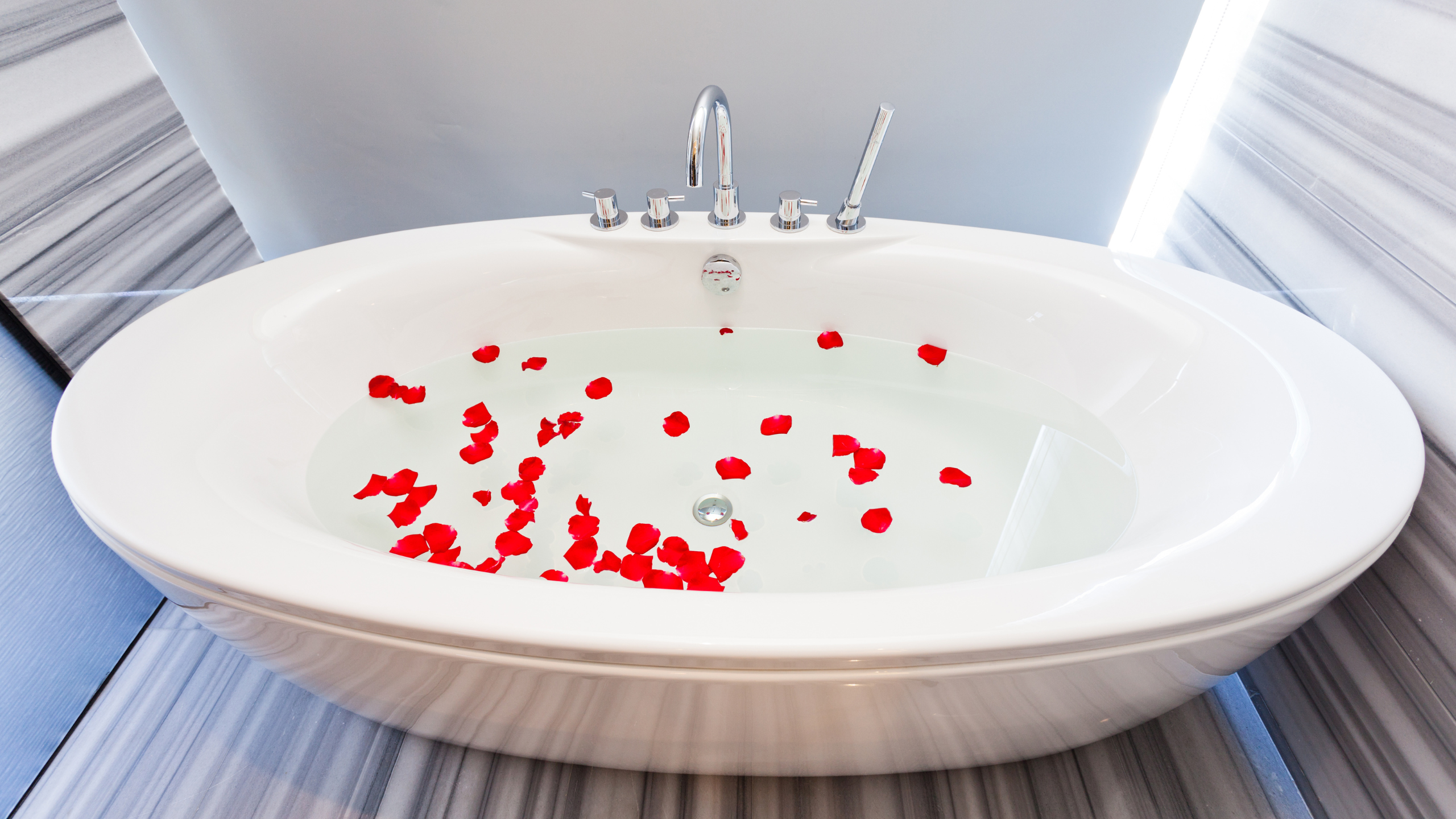In the realm of bathroom renovation, the terms “reglazing” and “refinishing” are often used interchangeably, yet they encompass distinct processes and outcomes. While both techniques aim to rejuvenate the appearance of your bathtub, understanding their nuances is pivotal for achieving the desired results. Dreaming of pristine tiles once again? Toms River Tub Reglazing specializes in Bathtub reglazing tile regrouting, breathing new life into worn or stained tiles and Bathtub leaving them looking polished and renewed.
Distinguishing Reglazing from Refinishing
Reglazing, also known as resurfacing or re-enameling, involves applying a fresh coat of glaze over the existing bathtub surface. This transformative process demands meticulous preparation to ensure optimal adhesion of the new glaze, resulting in a flawlessly smooth and glossy finish.
Conversely, refinishing entails more extensive repairs to the bathtub surface before applying a new finish. This may entail addressing chips, cracks, or scratches through meticulous filling, sanding, and priming procedures. While reglazing prioritizes aesthetic enhancement, refinishing goes beyond by addressing both cosmetic imperfections and structural issues.
Exploring 10 Effective Cleaning Methods for Bathtub Surfaces
1. Vinegar and Baking Soda: A dynamic duo for cleaning, combining vinegar and baking soda creates a potent scrubbing agent to combat stubborn stains and soap scum.
2. Commercial Cleaners: Tailored formulations designed explicitly for bathtubs contain chemicals adept at dissolving grime and mineral deposits.
3. Lemon Juice: Harnessing the acidic properties of lemon juice, this natural cleaner effectively cuts through grease and soap residue while imparting a refreshing citrus scent.
4. Steam Cleaning: Utilizing high-pressure steam, steam cleaners effortlessly loosen dirt and grime without the need for harsh chemicals, offering an eco-friendly cleaning alternative.
5. Magic Erasers: These innovative melamine foam sponges effortlessly tackle tough stains and scuff marks with minimal effort, ideal for swift touch-ups.
6. Hydrogen Peroxide: Renowned for its disinfecting and whitening capabilities, hydrogen peroxide efficiently cleans and brightens bathtub surfaces without harsh chemicals.
7. Microfiber Cloths: Gentle yet effective, microfiber cloths offer a streak-free shine, perfect for wiping down bathtub surfaces post-cleaning.
8. Dish Soap: Mild yet potent, dish soap effectively breaks down grease and grime without compromising the bathtub’s finish.
9. DIY Cleaning Solutions: Craft your own cleaning concoction using common household ingredients like dish soap, vinegar, and water for tackling stubborn stains and buildup.
10. Regular Maintenance: Establishing a consistent cleaning routine is paramount for preserving the bathtub’s appearance and integrity over time, preventing the accumulation of dirt and grime.
Preparation: The Crux of Successful Reglazing
The key to successful reglazing lies in meticulous preparation of the bathtub surface. Before applying a new glaze, it’s imperative to eradicate any soap scum, dirt, or residues that could impede adhesion. This entails thorough scrubbing with appropriate cleaners and ensuring the surface is entirely dry before commencing the reglazing process. Skimping on or rushing through this preparatory phase can lead to subpar results and premature deterioration of the newly applied glaze.
Conclusion
In the pursuit of a rejuvenated bathtub, preparation serves as the cornerstone of success. By grasping the disparity between reglazing and refinishing and employing effective cleaning methods, you can ensure a triumphant outcome for your bathroom renovation endeavor. Remember, a pristine surface not only sets the stage for a flawless finish but also prolongs the longevity of your newly reglazed bathtub, infusing your sanctuary with timeless elegance and allure.
